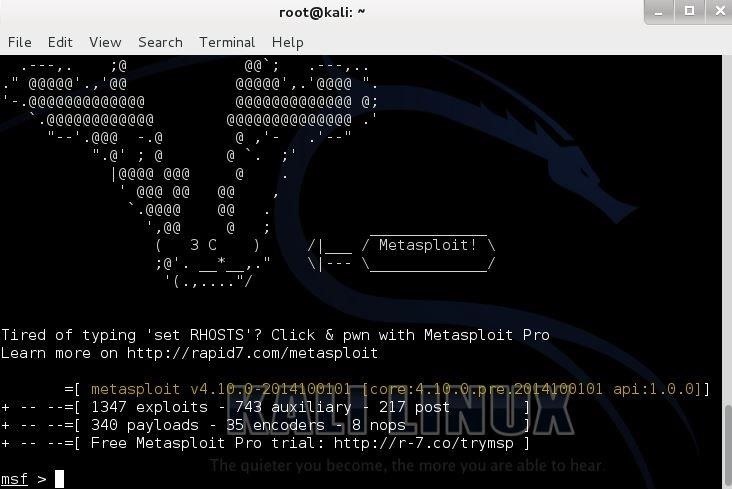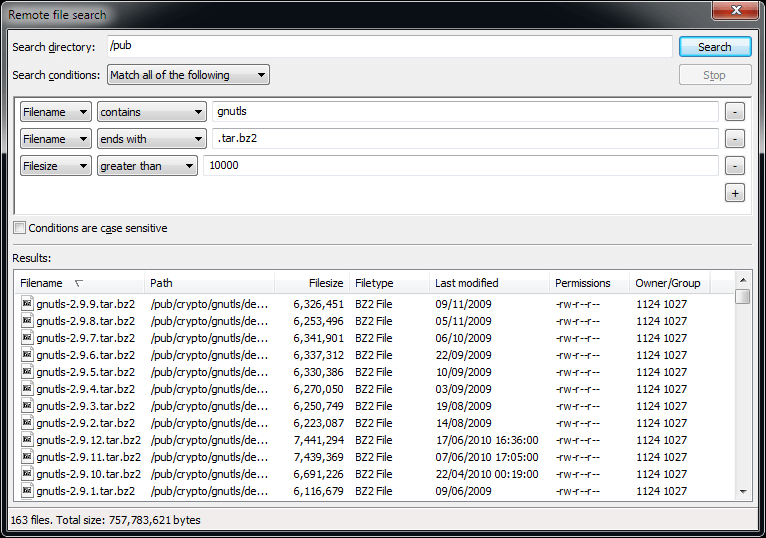Inorganik, it can go both ways long as you have an SSH server running on both machines. I don't beleive that's the case with Macs, though. I don't beleive that's the case with Macs, though. Otherwise, you'll need to use scp from the machine without the server so that it can perform a connection. – ooa Jun 26 '13 at 20:17. Using the built-in SSH client in Mac OS X. Mac OS X includes a command-line SSH client as part of the operating system. To use it, goto Finder, and selext Go - Utilities from the top menu. In daemon mode, rsync listens on the default TCP port of 873, serving files in the native rsync protocol or via a remote shell such as RSH or SSH. In the latter case, the rsync client executable must be installed on both the local and the remote host. Download Termius - SSH client for macOS 10.10.0 or later and enjoy it on your Mac. Termius is more than a mere SSH client – it’s a complete command-line solution that’s redefining remote access for sysadmins and network engineers.
- Download Files To Local Computer Ssh
- Download File From Ssh To Local Mac
- Download File From Ssh To Mac Os
The world is quickly filling up with smarter people who search for smarter ways to work. In this world of smarter brains, working on multiple locations from a single place is a small thing. Many professionals are using remote login protocols to work on multiple machines right from their notebooks. Modern Mac books come with SSH pre-installed but not enabled by default. But you can enable SSH on Mac from the terminal quite easily.
SSH (Secure Shell) is an encrypted remote login protocol used to connect to remote machines over the network. This protocol encrypts communication from an end-to-end server and client machines. SSH protocol is preinstalled by default in all modern Macbooks but the daemon is disabled by default. Mac users can simply enable SSH on Mac using simple terminal commands. You can enable SSH on all versions of macOS and Mac OS X by using the below tutorial.
Check SSH status on Mac
Before we start, let’s check the current status of SSH on your Macbook. You can do this by using the system setup command below:
sudo systemsetup -getremotelogin
If the remote login and SSH is currently enabled, the output will say “Remote Login: On” If SSH is disabled, it will say “Remote Login: Off”.
How to Enable SSH on Mac from Terminal
- Open the terminal on your Mac.
- You need administration privileges to enable SSH on your Macbook. Use the below system setup command to enable SSH on Mac:
- There won’t be any confirmation message for the above command. So, you need to check the SSH status using the “getremotelogin” command:
- Now you can remote login to another machine using its IP address:
- You need to provide authentication of the user “technastic” on the machine “eagle.example.com”
How to Disable SSH on Mac from Terminal
If you feel that you no longer use SSH on your machine, then you can simply turn it off to avoid unauthorized access. You can simply disable SSH on your Mac using the below command:
You’ll be asked for confirmation to disable the SSH “Do you really want to turn remote login off? If you do, you will lose this connection and can only turn it back on locally on the server (yes/no)?” Type “yes” to confirm.
Let us know if you have queries in the comments section below. Do you know about all 3 methods to take a screenshot on your Mac computer? Read our detailed guide.
An SSH session is like a portal into another machine. If you’re used to working with Windows, you’ll know how easy it is to transfer files from one location to another. Just drag and drop! No text commands, no authentication, none of that. N64 emulator windows 10 download.
However, sometimes you will need to download a file from SSH to your local desktop, such as if you are using one of our Linux VPS servers. And there’s no simple command from within the SSH terminal itself to do this. The two environments are too far apart. However, we have a dedicated tool called “SCP” which stands for “Secure Copy” that’s made for precisely these kinds of situations.
Here’s how it works. First, we have a file on the remote server called filetodownload.txt, as shown here:
We’re going to transfer this file from Linux to our Windows desktop.
Step 1: Gather the Necessary Information
To transfer a file from a remote server via SSH using SCP, we need the following pieces of information:
- Login credentials – username, server name or IP address, and password
- The port number for SSH connections
- The path to the file on the remote server
- The path to the download location
You should already have the login credentials when you connect to the server using PuTTY, or some other tool, so we won’t go into it here.
Canon picture style editor windows. As for the port number, you’ll need to know which SSH server port your VPS listens to. It’ll either be 22 (the default port), or it’ll be given to you when you order your VPS from your hosting provider.
To get the full path to the file you want to transfer, enter the “pwd” command on the CLI of the remote server while the file is in your current directory. This will give you the folder name, like this:
Now just append the name of the file to the path you get and you’re done.
As for the path to the download location, that’s something you have to get on your own!
Step 2: Create the SCP Command
The SCP command looks like this:
Replace the sections in bold with the information you gathered in step 1. For example, the command used for this example is:

Step 3: Running the Command
Open up a command line in Windows. Windows 10 already has SCP installed by default. For this example, we’ll use the Windows PowerShell tool to run the commands. The color contrasts with the yellow, and syntax highlighting is a nice change from the drab command line.
Pasting the above command into the local command line editor gives us:
As you can see, you first need to confirm the connection using the RSA fingerprint of the remote server. Once you type “yes”, it’ll be permanently added to the “known_hosts” file.
The “known_hosts” file in Windows is located at:
Replace [UserName] with your own Windows username. It’s a file without an extension, like this:
An editor like Notepad++ is ideal for these kinds of files. Each RSA fingerprint is added on a new line. This allows you to clear them easily by deleting an entire line at once if you ever need to remove an entry.
Once you provide your password in the prompt, the file is downloaded immediately, as shown here:

Download Files To Local Computer Ssh
And you’re done! Navigate to the location you specified in your SCP command and the file should be visible.
Download File From Ssh To Local Mac
SCP is the most direct way to transfer files from remote servers to local systems. It makes use of the same SSH protocols, so the connection is encrypted all the way through, making it immune to man-in-the-middle attacks. Hopefully, this tutorial will help you use it in an efficient, and easy manner. If you use one of our Managed Linux VPS services, and you have an issue with SCP or need more information about it please don’t hesitate to contact our 24×7 Linux Server Support, which comes included with your hosting plan.
Download File From Ssh To Mac Os
If this tutorial helped you move files from your remote server to your local machine, maybe consider sharing this knowledge with your friends by using our share shortcuts. You can also leave any additional tips or questions in our comment section below. Thank you.
